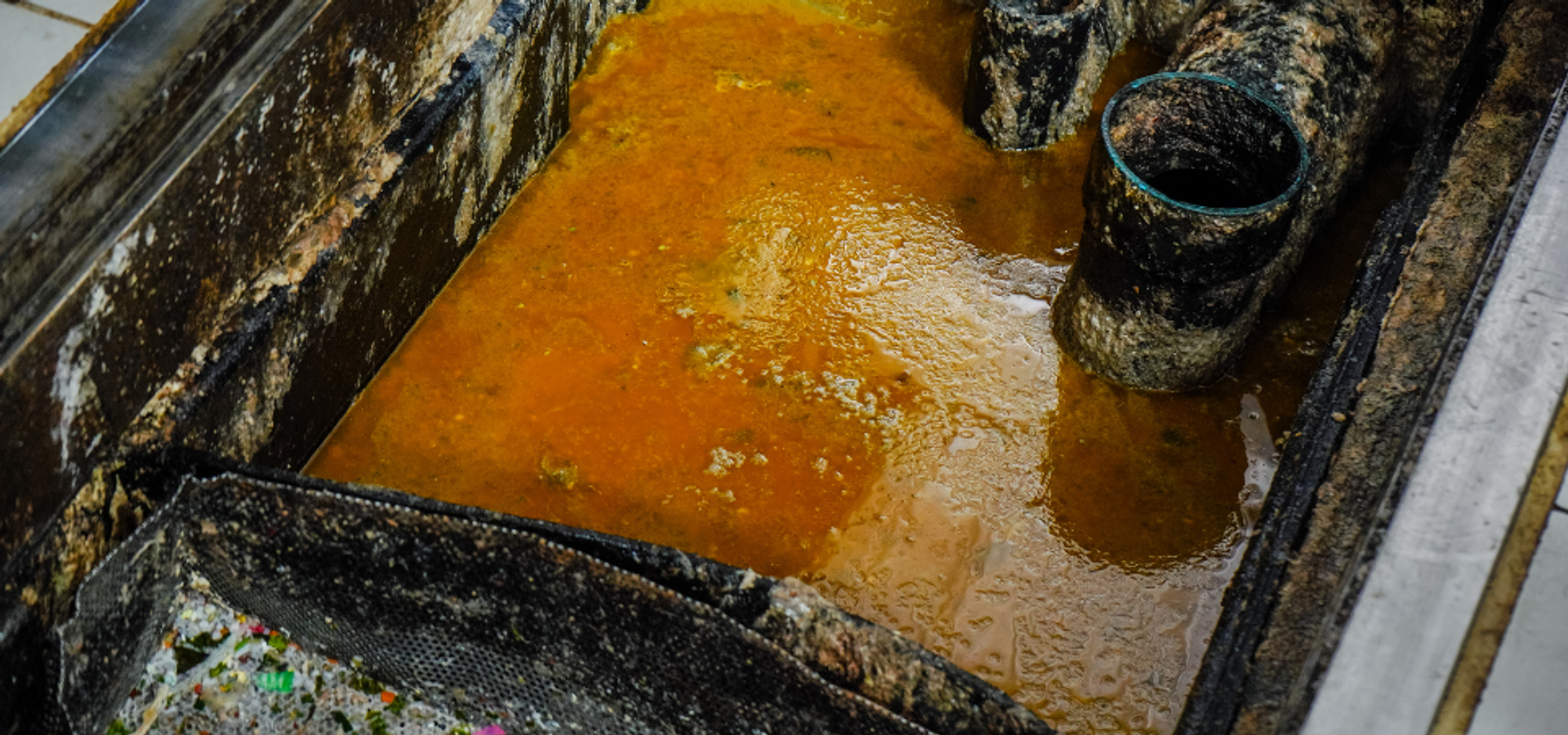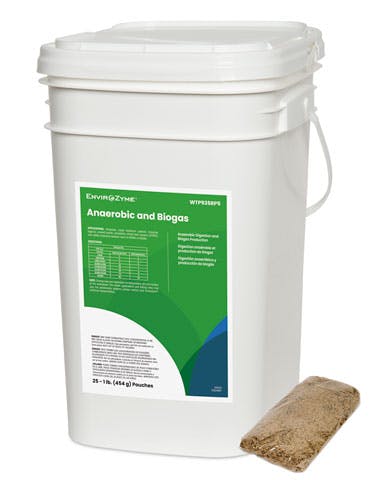
Challenges with Food Production Wastewater
Wastewater from food production is considered one of the biggest sources of environmental pollution due to the excessive amounts of nutrients and organic contaminants, including organic carbon, nitrogenous organics, inorganics, suspended and dissolved solids, and high biochemical oxygen demand (BOD) and chemical oxygen demand (COD).
Wastewater is accumulated from food production through handling, processing, packing, and storing of food. It also can come from cleaning operations during food processing. Food processing can be seasonal and create upsets within wastewater facilities. It can be extremely challenging to understand how to properly treat this type of wastewater because its characteristics can differ based on the type of food being processed. Each food type generates its own type of wastewater with unique qualities and impact on the wastewater treatment operation.
Fruits and Vegetables
Fruits and vegetables processing has multiple factors that contribute to the wastewater stream. Peeling, juicing, canning, drying, cooking, discarded fruits and vegetables, pulp, and cleaning agents are also contributors. Fruits and vegetables have a wide range of concentrations of organic materials that vary and can influence the process.
Fish
Fish generate solid and liquid wastes that comes from skinning, butchering, cooking, packaging, and freezing. As a result, high BOD and COD, fats, oil, grease, suspended solids, nitrogen, and phosphate levels are found in the wastewater.
Meat
In the meat industry, wastewater is accumulated starting with the livestock. Slaughtering, defeathering, hide removal, hair removal, and washing of animals all contribute to the wastewater. The amount of wastewater generated depends on how many animals are processed per week. There are high levels of total suspended solids, fats, oils, grease, and BOD in the wastewater that needs treatment.
Dairy
The dairy industry uses processes to turn raw milk into milk, butter, cheese, and yogurt. The processing of milk, cheese and butter is a major source of COD and BOD.
Oils
Oil and fat in food processing involve vegetable, olive, coconut, palm, and sesame oils. These oils require more treatment for removal from wastewater. Olive oils generate a high level of COD and solid wastes as well.
Treatment
Different types of foods pose a variety of challenges for wastewater management because they produce very different components in the wastewater. It can also be costly and challenging to manage efficiently. However, the treatment options include those used regularly in wastewater treatment, and they are easily supplemented with microbial products.
One option for treatment is anaerobic treatment. Anaerobic treatment uses biomass to convert organic pollutants or COD into biogas. EZ Anaerobic and Biogas is designed to maximize the efficiency of organics breakdown and methane production in a wastewater system. It has a unique blend of bacteria, enzymes, and nutrients for effectiveness during system start-up, daily maintenance, or anaerobic upset recovery. It specifically targets COD and FOG when dosed but has a broad spectrum for use across many substrates and anaerobic applications.
Wastewater from food processing is a large contributor to pollution when untreated. Treatment can be complex due to the variety of contaminants that depend on the type of food that is being processed in production. With EnviroZyme, our products can help treat all kinds of wastewater efficiently and cost-effectively.
